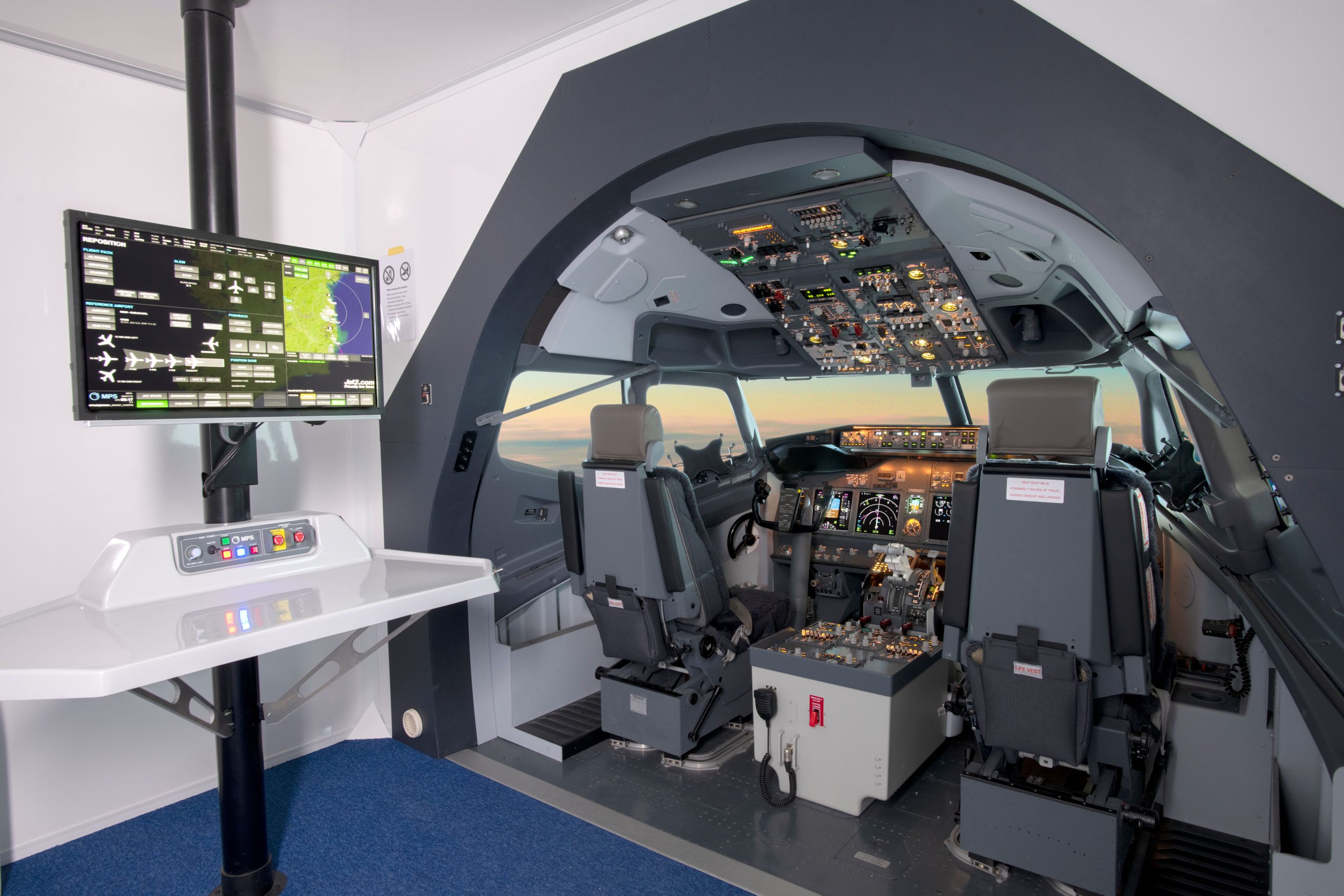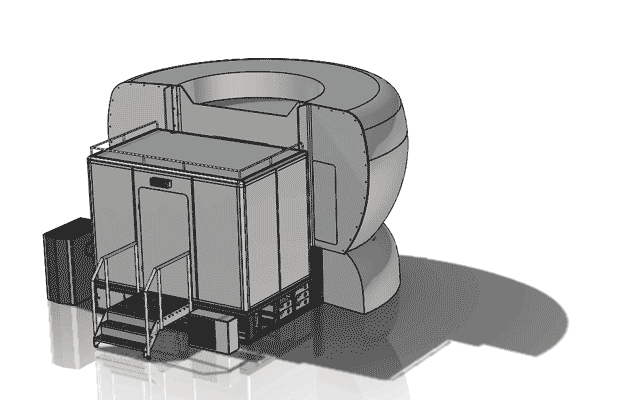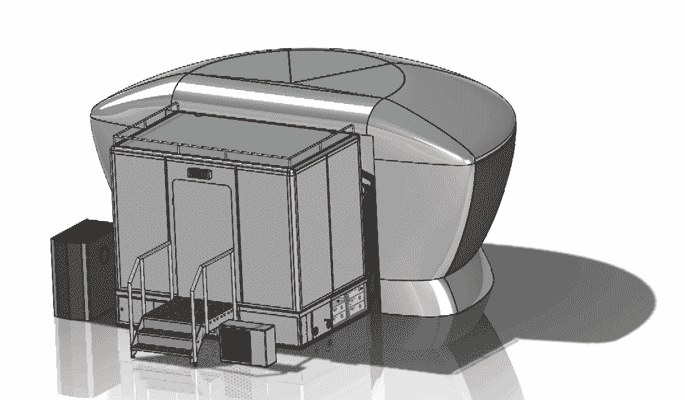The MPS team has written an extensive White Paper titled “NPA 2020-15: Opportunities for high-fidelity FTDs in type specific flight crew training” based upon the EASA Notice of Proposed Amendment (NPA) 2020-15 which was published in December 2020. In our first blog about this White Paper, our CEO provided the foreword. In this blog post, MPS CCO Erik Jennes provides a brief version of the commercial analysis and value-proposition found within the MPS White Paper.
EASA NPA 2020-15 will have a big impact on the EU regulatory framework for pilot training moving forward. Although the NPA will have impact on the use of all FSTDs, MPS especially foresees benefits in the application of FTDs in training.
Based on the proposal, MPS expects a positive effect on the ability to reduce overall cost of training while maintaining high quality and safety levels. The proposal also provides more clarity in the application of different uses for and credit of FSTDs in training and will foster further innovation in the development of training tools.
NPA Cost Effects for FTDs
The NPA proposes to tailor FSTDs to training needs. This is a big step forward, as the compliance of an FSTD with the FSTD Capability Signature (FSC) determines how it can be applied in training. The Equipment and Specification List (ESL) summarizes the capability of the FSTD in terms of its FCS. The training organization (ATO) can then determine its suitability for the intended use in training.
Although a representative motion cue is currently proposed for most of the Testing & Checking (T&C’s), for Training (T), such cueing is only required for a very small number of certain tasks, which are specifically during take-off and landing. All other training tasks do not require motion. Even Upset Prevention and Recovery Training (UPRT) such as recovery from certain stall events and upset exercises do not require motion in the current proposal.
In current EASA legislation, it is stated that a type rating training should consist of a minimum of 32 hours of FSTD training, of which at least 16 hours must be performed on an FFS (EASA, 2016 and 2020). This currently already allows for at least 16 hours of training to be offloaded from the FFS to an appropriate FTD.
In the new regulation, the minimum 32-hour norm of total training time remains, but there is an option to reduce the 16 hours FFS time even further. If the training can be achieved on another device with a sufficient FCS, that training may be conducted on that device. Our estimation is that this allows further reduction of the required FFS hours to a maximum of 8 with the use of an FTD with a sufficient FSC, like a MPS FTD-1 or FTD-2 device.
Moreover, we see that in many current training programs with blended use of FFS and FTD, the total amount of FSTD hours far exceeds the 32-hour minimum. These additional hours can all be performed on an FTD, therefore further skewing the amount of FSTD hours in favor of the FTD.
Currently, the dry cost to use a simulator (without an instructor) for an FFS is indicatively anywhere between 250 and 500 EUR/hour, while we estimate the cost for an FTD to be around 75-150 EUR/hour, depending on usage numbers. It is expected that the total cost savings in type rating training when properly incorporating the use of an FTD in combination with an FFS might be up to 35% compared to using the FFS for 32 hours. This is due to the lower costs when using an FTD.
Many ATO’s are already applying FTDs in type rating to substantially reduce their cost. With the NPA, as even more hours can be offloaded from the FFS, the potential savings can increase to well over 50%. This example would be achieved by using an MPS FTD which can be qualified in accordance with FTD B. This extensive FSTD Capability Signature allows for the maximum possible application of the MPS FTD in training.
The MPS White Paper dives deeper into all aspects of NPA 2020-15. If you feel your training organization could benefit from the value of this MPS White Paper and you would like to receive a full copy to share amongst your colleagues, please contact Erik Jennes, MPS Chief Commercial Officer, at Erik.Jennes@mps.aero.


